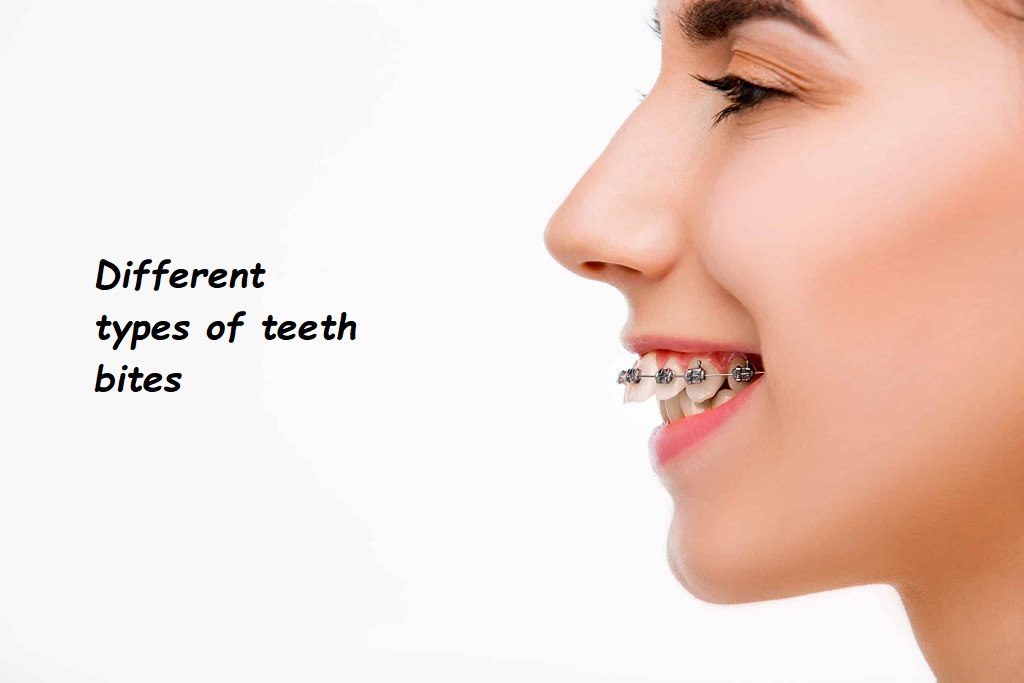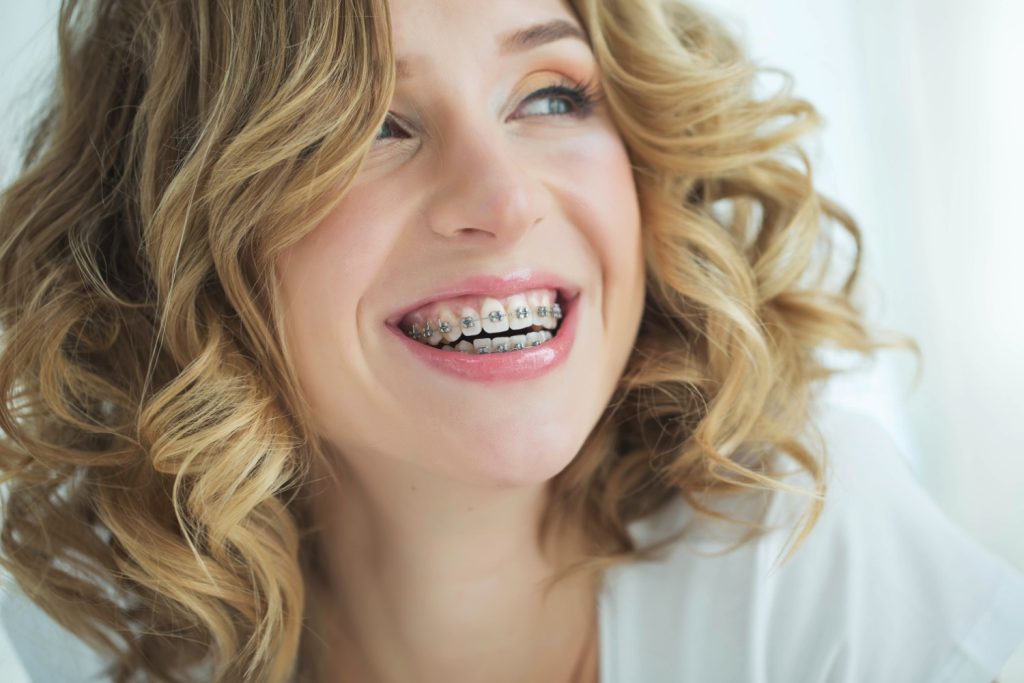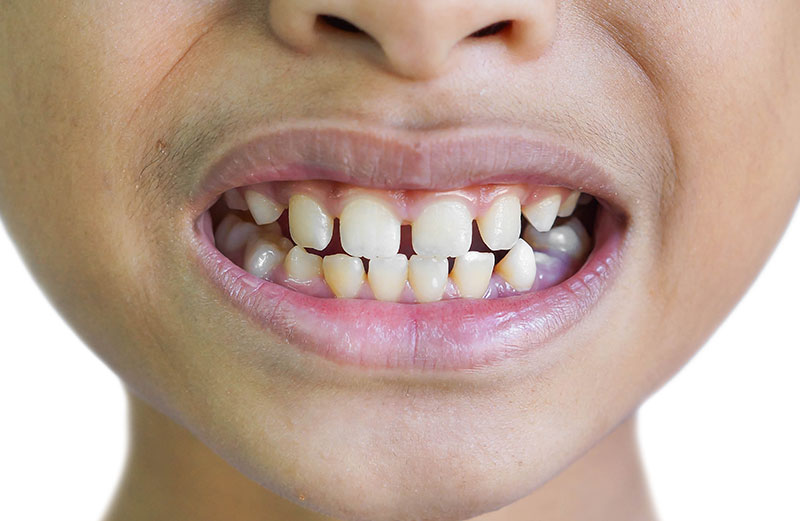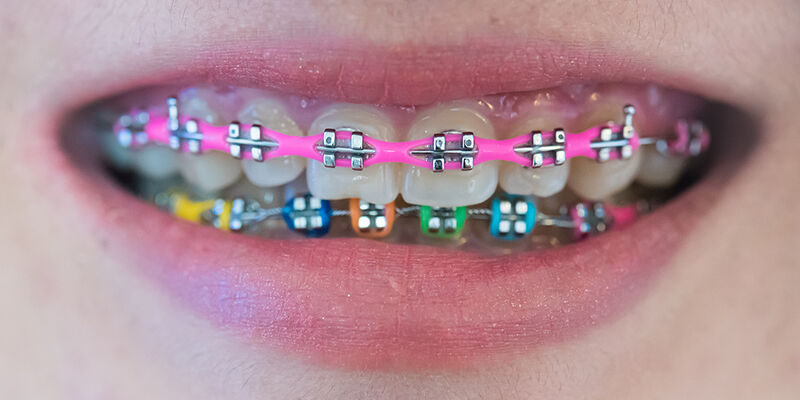Different types of teeth bites

The Importance of Teeth Alignment
Teeth alignment plays a crucial role in our overall dental health and appearance. When teeth are properly aligned, it not only enhances our smile but also ensures efficient chewing and speaking. However, not everyone is blessed with perfect teeth alignment. Various types of teeth bites, also known as malocclusions, can affect both the functionality and aesthetics of our teeth. In this comprehensive guide, we will explore the different types of teeth bites, their causes, symptoms, and possible treatments. Understanding these different types of teeth bites can help you make informed decisions about your dental care.
What Are Teeth Bites?
Definition and Importance
Teeth bites, or occlusion, refer to the way our upper and lower teeth come together when we close our mouth. Ideally, the teeth should fit together perfectly, with the upper teeth slightly overlapping the lower teeth. However, deviations from this ideal alignment can result in different types of teeth bites. These misalignments can lead to various dental issues, including difficulty in chewing, speech problems, and increased risk of tooth decay and gum disease.
Different Types of Teeth Bites
Understanding Malocclusion
Malocclusion is the term used to describe misalignment of teeth and the way the upper and lower teeth fit together. There are several different types of teeth bites, each with its unique characteristics and potential complications.
1. Overbite
Definition: An overbite occurs when the upper front teeth significantly overlap the lower front teeth. This is one of the most common types of teeth bites.
Causes:
- Genetics
- Thumb sucking during childhood
- Prolonged use of a pacifier
Symptoms:
- Protruding upper teeth
- Difficulty closing lips
- Speech difficulties
Treatment:
- Braces or clear aligners
- Orthodontic appliances
- Surgery in severe cases
2. Underbite
Definition: An underbite is characterized by the lower front teeth extending beyond the upper front teeth. This creates a bulldog-like appearance.
Causes:
- Genetic factors
- Abnormal growth of the jaw
Symptoms:
- Difficulty biting and chewing
- Speech problems
- Facial imbalance
Treatment:
- Braces or clear aligners
- Jaw surgery in severe cases
- Orthodontic appliances
3. Crossbite
Definition: A crossbite occurs when some of the upper teeth fit inside the lower teeth rather than outside. It can affect a single tooth or a group of teeth.
Causes:
- Genetic predisposition
- Delayed loss of baby teeth
- Thumb sucking
Symptoms:
- Misaligned jaw
- Asymmetrical facial appearance
- Difficulty chewing
Treatment:
- Palatal expanders
- Braces or clear aligners
- Orthodontic surgery
4. Open Bite
Definition: An open bite is when the upper and lower teeth do not touch when the mouth is closed, leaving an open space between them.
Causes:
- Thumb sucking
- Tongue thrusting
- Genetic factors
Symptoms:
- Difficulty biting and chewing
- Speech problems
- Tongue protrusion
Treatment:
- Braces or clear aligners
- Orthodontic appliances
- Surgery in severe cases
5. Deep Bite
Definition: A deep bite, also known as a closed bite, occurs when the upper front teeth cover a significant portion of the lower front teeth when the mouth is closed.
Causes:
- Genetic factors
- Overgrowth of the upper jaw
- Tooth loss
Symptoms:
- Worn-down lower teeth
- Jaw pain
- Gum irritation
Treatment:
- Braces or clear aligners
- Orthodontic appliances
- Surgery in severe cases
6. Crowded Teeth
Definition: Crowded teeth occur when there is not enough space in the jaw for all the teeth to fit properly, causing them to overlap or twist.
Causes:
- Genetic factors
- Early loss of baby teeth
- Prolonged thumb sucking
Symptoms:
- Difficulty cleaning teeth
- Increased risk of tooth decay and gum disease
- Misaligned bite
Treatment:
- Braces or clear aligners
- Tooth extraction in severe cases
- Orthodontic appliances
7. Spacing Issues
Definition: Spacing issues refer to gaps or spaces between the teeth. This can be due to missing teeth or teeth that are too small for the jaw.
Causes:
- Genetic factors
- Missing teeth
- Thumb sucking
Symptoms:
- Visible gaps between teeth
- Difficulty chewing
- Speech problems
Treatment:
- Braces or clear aligners
- Dental bonding
- Veneers or crowns
Causes of Different Types of Teeth Bites
Genetics and Environmental Factors
Understanding the causes of different types of teeth bites can help in preventing and treating them effectively. While genetics play a significant role, various environmental factors can also contribute to the development of malocclusions.
Genetic Factors
- Inherited jaw size and shape
- Family history of malocclusions
- Congenital disabilities
Environmental Factors
- Thumb sucking
- Prolonged use of pacifiers or bottles
- Poor oral habits
- Early loss of baby teeth
- Trauma or injury to the jaw
Symptoms of Different Types of Teeth Bites
Recognizing the Signs
Identifying the symptoms of different types of teeth bites is essential for early intervention and treatment. Common symptoms include:
- Misaligned teeth
- Difficulty biting and chewing
- Speech problems
- Jaw pain or discomfort
- Frequent biting of the inner cheeks or tongue
- Tooth decay and gum disease due to difficulty cleaning teeth
Diagnosing Different Types of Teeth Bites
The Role of Dental Professionals
A thorough dental examination is necessary to diagnose different types of teeth bites. Dentists and orthodontists use various methods to assess the alignment of teeth and jaws.
Diagnostic Methods
- Visual Examination: Inspecting the alignment of teeth and jaws.
- Dental X-rays: Providing detailed images of teeth and jawbones.
- Dental Impressions: Creating molds of teeth to study their alignment.
- Cephalometric Analysis: Analyzing the relationship between teeth, jaws, and facial structures.
Treatment Options for Different Types of Teeth Bites
Achieving a Healthier Smile
Treating different types of teeth bites often involves orthodontic interventions. The choice of treatment depends on the severity of the malocclusion and the patient’s age.
1. Braces
Types of Braces:
- Metal Braces
- Ceramic Braces
- Lingual Braces
Benefits:
- Effective for severe malocclusions
- Customizable for different needs
Drawbacks:
- Visible and may cause discomfort
- Requires regular adjustments
2. Clear Aligners
Popular Brands:
- Invisalign
- ClearCorrect
Benefits:
- Nearly invisible
- Removable for eating and cleaning
- Comfortable
Drawbacks:
- May not be suitable for severe cases
- Requires discipline to wear consistently
3. Orthodontic Appliances
Types:
- Palatal Expanders
- Headgear
- Retainers
Benefits:
- Can correct jaw alignment
- Prevents teeth from shifting back after treatment
Drawbacks:
- May cause discomfort
- Requires regular adjustments and maintenance
4. Surgery
When Needed:
- Severe jaw misalignments
- Cases not responsive to orthodontic treatment
Types of Surgery:
- Orthognathic Surgery
- Jaw Realignment Surgery
Benefits:
- Permanent solution for severe cases
- Improves overall facial aesthetics
Drawbacks:
- Invasive and requires recovery time
- Can be expensive
Preventing Different Types of Teeth Bites
Early Intervention and Good Oral Habits
Preventing the development of different types of teeth bites involves early intervention and maintaining good oral habits.
Tips for Prevention
- Monitor Oral Habits: Discourage thumb sucking and prolonged use of pacifiers.
- Regular Dental Check-ups: Early detection and treatment of dental issues.
- Healthy Diet: Ensure a balanced diet for proper jaw development.
- Protect Teeth from Injury: Use mouthguards during sports activities.
- Proper Oral Hygiene: Regular brushing and flossing to prevent tooth decay and gum disease.
Living with Different Types of Teeth Bites
Managing Daily Life
Living with different types of teeth bites can pose challenges, but proper management and treatment can significantly improve quality of life.
Coping Strategies
- Follow Treatment Plans: Adhere to orthodontic and dental care recommendations.
- Maintain Oral Hygiene: Regular brushing, flossing, and dental visits.
- Healthy Diet: Avoid foods that can exacerbate dental issues.
- Stay Informed: Understand your condition and treatment options.
Conclusion: Embracing a Healthier Smile
Understanding the different types of teeth bites is the first step toward achieving a healthier smile. Whether you or a loved one is dealing with an overbite, underbite, crossbite, or any other type of malocclusion, knowing the causes, symptoms, and treatment options can help you make informed decisions about your dental care. With the right treatment and good oral habits, you can improve your teeth alignment and enjoy the benefits of a beautiful, functional smile.
FAQs About Different Types of Teeth Bites
Common Questions Answered
Q: What is the most common type of teeth bite? A: The most common type of teeth bite is the overbite, where the upper front teeth significantly overlap the lower front teeth.
Q: Can different types of teeth bites cause health problems? A: Yes, different types of teeth bites can lead to various health problems, including difficulty chewing, speech issues, jaw pain, and an increased risk of tooth decay and gum disease.
Q: Are different types of teeth bites hereditary? A: Genetics play a significant role in the development of different types of teeth bites. However, environmental factors and oral habits also contribute to malocclusions.
Q: How long does it take to correct different types of teeth bites? A: The duration of treatment varies depending on the severity of the malocclusion and the chosen treatment method. Orthodontic treatments like braces or clear aligners typically take 1-3 years.
Q: Is surgery necessary for all different types of teeth bites? A: Surgery is not necessary for all types of teeth bites. It is usually reserved for severe cases that do not respond to orthodontic treatments.
Q: Can adults get treatment for different types of teeth bites? A: Yes, adults can receive treatment for different types of teeth bites. While treatment may take longer compared to children, it is still effective in improving teeth alignment.
Understanding and addressing different types of teeth bites can lead to significant improvements in dental health and overall well-being. If you suspect you have a malocclusion, consult with a dental professional to explore your treatment options and take the first step towards a healthier, more confident smile.








